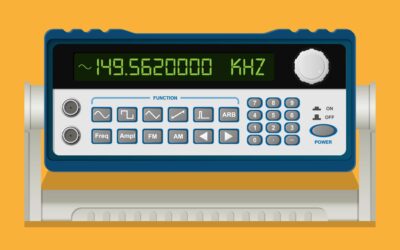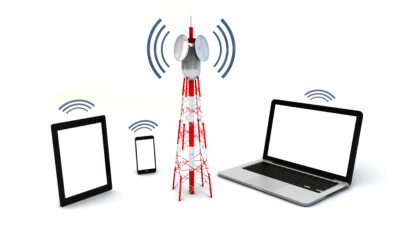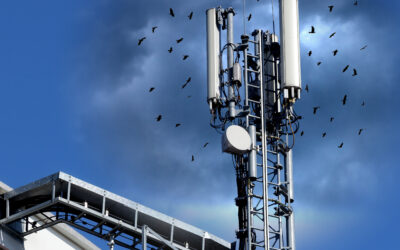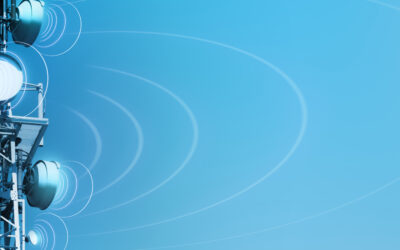The Impact of Radio Frequency Radiation on Everyday Living

In today’s interconnected world, we are surrounded by radio frequency radiation (RFR) emitted by various devices, from our smartphones to Wi-Fi routers. While these advancements in technology have undeniably improved our lives, it is crucial to understand the potential impact this radiation may have on our everyday lives. In this article, we will explore the science behind RFR, its sources, potential health effects, and practical tips to minimize exposure.
Understanding Radio Frequency Radiation
Radio frequency radiation encompasses electromagnetic waves with frequencies ranging from 3 kilohertz to 300 gigahertz. These waves are non-ionizing, meaning they lack sufficient energy to break chemical bonds or damage DNA directly. The primary sources of RFR in our daily lives include wireless communication devices, microwave ovens, baby monitors, and even some household appliances.
Potential Health Effects
While the bulk of scientific evidence suggests that RFR emitted by everyday devices does not pose a significant health risk, there are ongoing debates and concerns within the scientific community. Some studies have suggested a possible association between extensive mobile phone use and an increased risk of brain tumors. However, the overall consensus is that more research is needed to establish a conclusive link.
Another debated area revolves around the impact of RFR on sleep patterns. Exposure to RFR emitted by electronic devices, particularly before bedtime, may interfere with the production of melatonin, a hormone that regulates sleep. This disruption can lead to difficulties falling asleep, decreased sleep quality, and overall fatigue.
Practical Tips to Minimize Exposure
Given the increasing prevalence of RFR in our daily lives, it is important to take measures to minimize exposure. Here are a few practical tips:
- Use hands-free options: When making calls, opt for hands-free options like speakerphone or wired earphones. These options reduce the proximity of the device to your head, thereby reducing potential RFR exposure.
- Limit screen time: Reduce unnecessary screen time and take regular breaks from electronic devices. This not only limits RFR exposure but also promotes healthier habits overall.
- Use airplane mode: When not actively using your mobile phone for communication, consider switching to airplane mode. This eliminates continuous RFR emissions while still allowing you to use offline features.
- Opt for wired connections: Whenever possible, choose wired connections over wireless alternatives. For example, using an Ethernet cable for an internet connection instead of relying solely on Wi-Fi can substantially reduce RFR exposure.
Conclusion
Embrace the modern convenience of radio frequency radiation while prioritizing your well-being. While scientific consensus assures us of minimal health risks from non-ionizing RFR emitted by common household devices, it’s prudent to take precautions. Explore hands-free options, limit screen time, and choose wired connections to strike a balance between technology and health. For expert guidance, turn to Smith and Fisher Radio Frequency Radiation Consultants. We offer testing, surveying, education, evaluation, and training to ensure your safety in the digital age.
Recent Posts
- The Impact of Radio Frequency Radiation on Everyday Living
- RF Safety: The Silent Protector of Wireless Communication
- How RF Signal Generators Drive Effective Testing Practices
- How Radio Frequency (RF) Testing Enhances Connectivity and Reliability
- The Importance of RF Education in Today’s Tech Landscape






